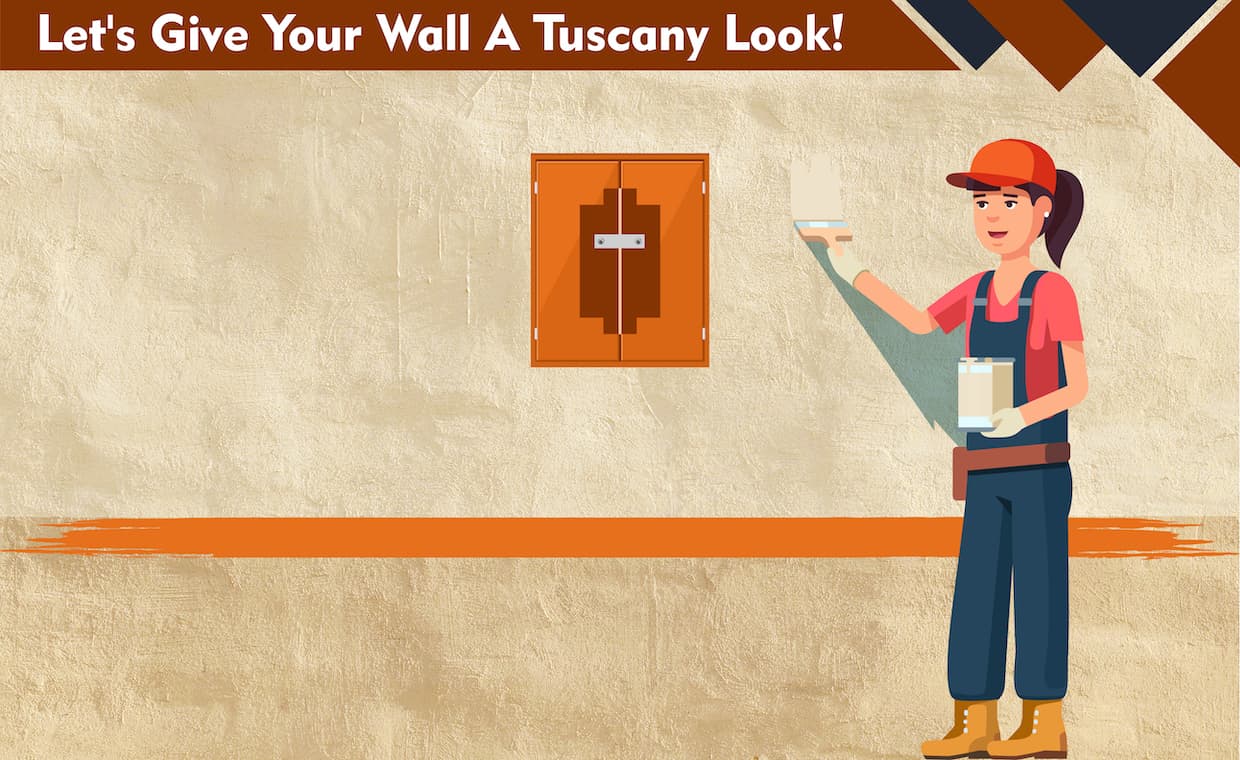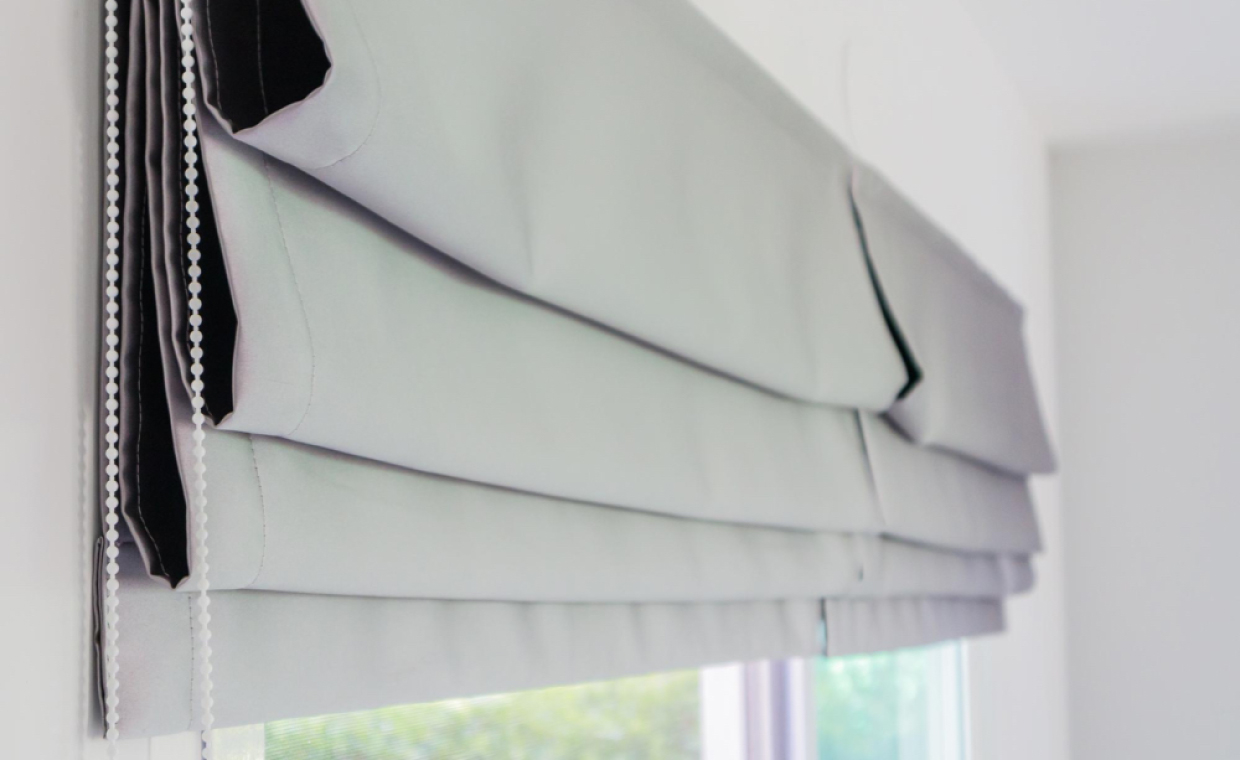
If you are intrigued by a rough textured wall and vintage ambience, then Tuscan-style wall paint finishes are your go-to. Tuscan-style wall paint finishes are roughly textured and coloured with Tuscan hues, which are nature-inspired colours such as shades of red, orange, yellow, beige, green, blue and many others.
The Tuscan decor style uses weathered, textured and harmonious colours with no hard lines, startling primary colours or sharp contrasts. Among different types of wall paint finishes, textured Tuscan wall painting is not difficult to reproduce with Mediterranean paint that dries to a chalky finish. According to the creators of Making it (2020) (Authors of the book “The Making It Guide to Crafting”), chalk paints have an ultra-matte finish and are great for furniture and home décor. Plus, they are multi-surface paints that can be used on decorative glass, furniture, cabinets, and walls.
A slightly textured wall surface and colour-washed effect will intensify the Tuscan-style wall paint finishes, and the rough texture can be effectively applied with special textured paint in a sand or farmhouse finish.
Through this blog, Gharpedia shares five easy steps for DIY painting a Tuscan-style wall finish, which lends a Tuscan hue to your room. So, let’s get started, shall we?
In this project, we have made an attempt to give walls a golden colour Tuscan-style wall paint finish; you can choose any colour of your choice from Tuscan-style paint colours. The wall we chose is a plain wall with no opening. So, to give a Tuscany effect we placed a small key cupboard to add to the illusion of it being a shuttered window. First things first, what do I need to paint a room in Tuscany style? Collect all the equipment and materials required for DIY paint Tuscan style, beforehand.
Things Required to Give ‘Tuscan-Style Wall Paint Finishes’
- Large paintbrush suitable for colour washing
- Masking tape
- Three shades of chalk-finish paint (In this project we have used golden paint)
- Paint kettle
- Pencil for marking the wall
- Ruler or straight edge with spirit level

How to Paint Tuscan-Style Walls
First of all, how to prepare the room for painting? For this, move all the furniture aside from the room to be painted first. Next, remove all the wall hangings and make the room completely empty. Then, arm yourself with safety gears and start scrubbing the walls to clear off the peeling paint. Now the wall is ready to be painted.
The Thumb rule for Tuscan decor style is to keep the brush strokes fresh and energetic and use a chalky water-based paint for an authentic Tuscan wall finish. Tuscan paint technique is to apply paint free hand, with no sharp lines and cuts. Ok! So, let’s begin with the wall painting process step-by-step.
- Measure one meter up from the floor and mark the wall at intervals. Draw a line along the length of the wall. This will divide your wall into two parts, the lower part below the one-meter mark and the upper part, above the one-meter mark.
- Place masking tape on the lower side of the one-meter line.
- Dilute the paint and apply it to the lower wall using random brushstrokes. Then leave it to dry completely.
- Renew the tape and paint the top part of the wall using the second diluted paint. Peel off the tape and paint a free-hand stripe in terracotta across the wall.
To sum up, the bright colours of your Tuscan wall finishes give a feeling of zest and energy. Just remember to paint the terracotta stripe free-hand to end the Tuscan-style wall paint finishes project. Choose some plants that will add freshness and liveliness to your space. This will simply amplify the Tuscany look.
Have a look at other interior style articles from the below links. They might interest you as well.
Country Style Decor: Home Décor Styles in Different Countries
Interior Design Styles 101 – Redefining The Decor Ideas In 2020
Author Bio
Huta Raval – An English Literature and Journalism Topper, Huta Raval has graduated from the L D Arts College, Ahmedabad. Post serving for 23 years in the NBFC and Public Library Sectors her desire for ‘writing the unwritten’ brought her to the creative field of content writing. Her clientele comprises of NGOs, Blogging Platforms, Newspapers, Academic Institutions, et al.






























